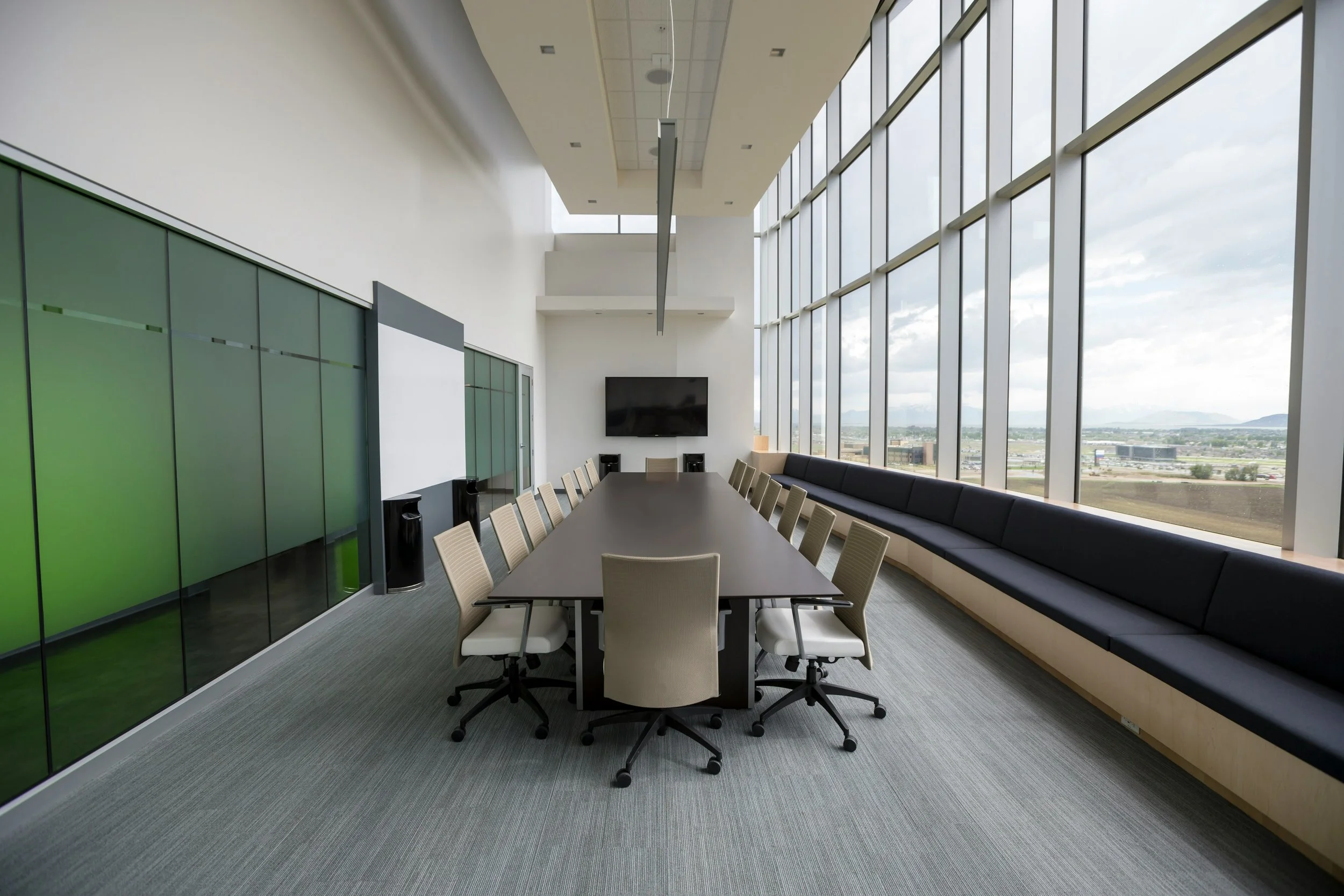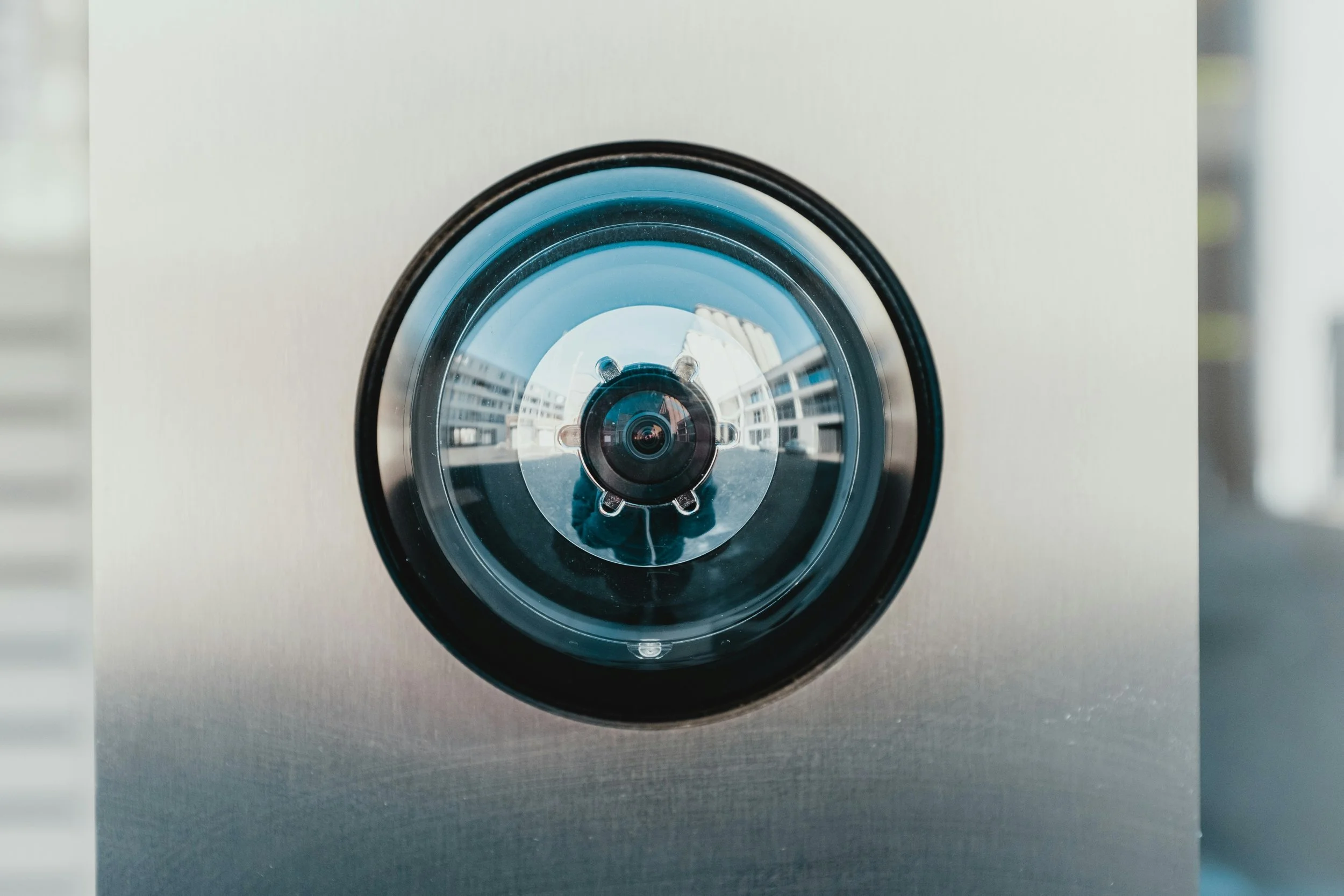For Building Energy & Security, Smart Flooring, Cameras, Motion Sensors: Which Work Best and Why
Your “classic, modern” conference room that relies on cameras, motion sensors to turn lights on and off and regulate air. These modern buildings also hog up 74% of U.S. energy consumption in part as they automatically light/heat/cool places with few or no occupants.
Buildings and our perceptions of what makes them useful have continually evolved over the eras. They have long grown from providing shelter and protection from the elements to inspiring awe and reverence in universities and places of worship, to manifesting the functional, caring space of schools and hospitals to creating modern cityscapes of steel and concrete skyscrapers, shopping malls, and super stores. Buildings will continue to evolve as we humans reinvent them to best serve us and our environment. Scanalytics was born in part to create more adaptive spaces that respond to help us all live more productive and healthy lives.
We can imagine a “modern building.” It probably has shared elements: sheet-glass windows, carpet or vinyl tile floors, elevators, safety guidelines, central AC and heat, motion sensor doors, security, and fluorescent (now LED) lighting. Architects and designers work with building engineers to create these spaces and then hand them over to facilities management teams for upkeep and care. These all operate in the background and appear automated in our experience as we move throughout our built world.
Energy and Security
Modern buildings have incorporated both cameras and motion detectors for security measures and occupancy tracking to help regulate energy usage, amongst other services. They provide enhancements over the historical practice of “keep lights on, heating cooling running full blast during business hours.” These camera and sensor systems connect to Building Management Systems (BMS) and Heating, Ventilation and Air Conditioning or HVAC to provide the protected, pleasant modern experience we now take for granted. This would all be good news with lights on, heat and AC humming in the background, until we’ve come to understand that buildings account for 74% of the energy consumed in the US. (Ouch!)
Motion Detectors
Motion sensors help automate doors to open and lights to turn on and off, monitoring occupancy but without precision
Traditional motion detectors have long been the standard for automating lighting and HVAC systems in buildings. These may feel less invasive than cameras in part as they not perceived until we walk into a new room and lights turn on, or we sit quietly in a conference room and lights turn off, “sensing” we are no longer there.
In addition to the hardware, installation and upkeep expense, motion detectors have a critical limitation: they can only detect whether there is movement, not how many people are present, their location within a space, or whether they are merely passing through or settling in for a period.
Cameras: Somebody is watching
Cameras
Even technologies like cameras that can provide more than mere motion are plagued with privacy concerns and lack the ability to cost-effectively reach the building stock at scale. Cameras may also present security risks as they can be hacked and manipulated from afar, or turned off or away from within. Cameras also see “everything” and private procedures, sensitive documents, and other times when we would rather not have our every moment captured (say trying on clothes in a dressing room,) they are rendered invasive by their presence.
Smart flooring being installed. It delivers invisible, anonymous information that connects to Building Management Sytsems
Smart Flooring
Imagine a Hollywood movie where the bad guys are infiltrating a building space. They navigate around the motion sensors like ninjas and immediately destroy or dismantle the camera systems. Now, imagine the bad guys trying to avoid walking on the floor - any floor - on their mission. Flooring’s a tough one to avoid. A smart flooring sensor underlay would anonymously alert that someone is in a restricted area, or that when one badge has crossed a threshold, two sets of footprints were detected. It can even alert when someone has fallen and not gotten up. Smart flooring systems also enable true occupancy so that the conference room we saw pictured above knows exactly who is in it and can provide the correct airflow instead of triggering a setting that says “somebody’s here - so pump in air to the full capacity of 50 people.” Additionally, in a Department of Energy-backed ARPA-E pilot, occupants who have their environment regulated by Scanalytics smart flooring experienced a 90% thermal satisfaction rate. (And when have 90% of people ever agreed that upon the temperature of their space?)
Which is “best”?
In the Scanalytics team’s experience, many customers use cameras, motion sensors and smart flooring. They are inherently compatible, especially as the former two become legacy systems in older buildings. The biggest challenge facing built environment technologies today is (actually) distribution. With an existing US building stock of over 100 billion square feet, this problem will continue costing building owners tens of billions of dollars and costing the country several gigatons of avoidable emissions every year unless a widely compatible solution can be quickly and cost-effectively delivered at scale. If you install smart flooring to reduce your HVAC by 35%, you do not need to remove other systems, but you can do this at scale for the same cost you’d assume in new build or rehab. In this case, there is no comparison.
Every building ever built has a floor and like the evolution of buildings, it is now time for the floor to be smarter.




